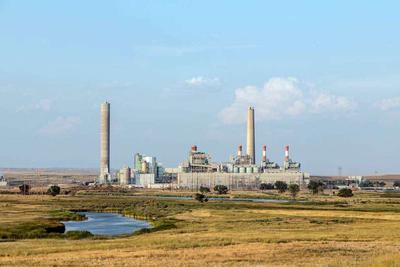Humans have raised the level of mercury in the atmosphere sevenfold, largely by burning coal, a new study finds.
The largest natural source of mercury is volcanoes. To conduct their study, researchers at Harvard University determined how much mercury volcanoes disgorge annually into the atmosphere, then used that finding to estimate mercury levels before humans began burning large volumes of coal.
Before the start of the modern era, some 500 years ago, the atmosphere held around 580 metric tons of mercury. Today, the atmosphere holds around 4,000 metric tons. The findings were published in Geophysical Research Letters.
Mercury has been shown to damage children’s brains and has been linked to heart disease in adults, spurring efforts to curb pollution from burning coal. Scientists say the new study illuminates the profound impact of our pollution and can help experts gauge progress on lowering mercury levels.
ALSO ON YALE E360
As Climate Talks Near, Calls Mount for a ‘Phaseout’ of Fossil Fuels



